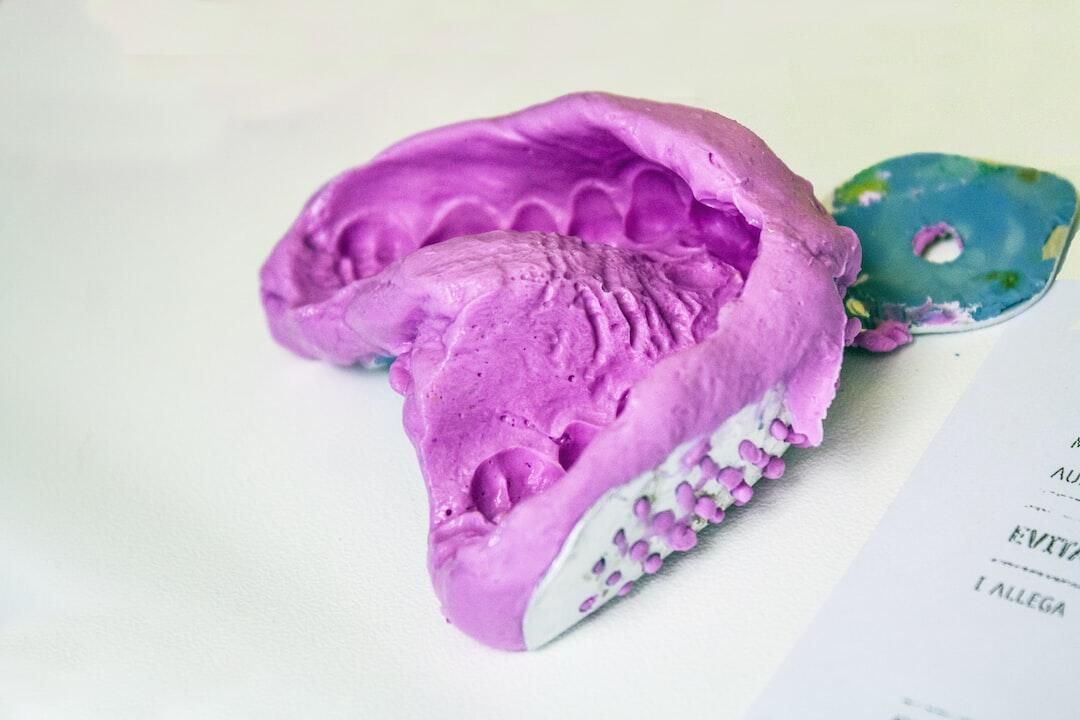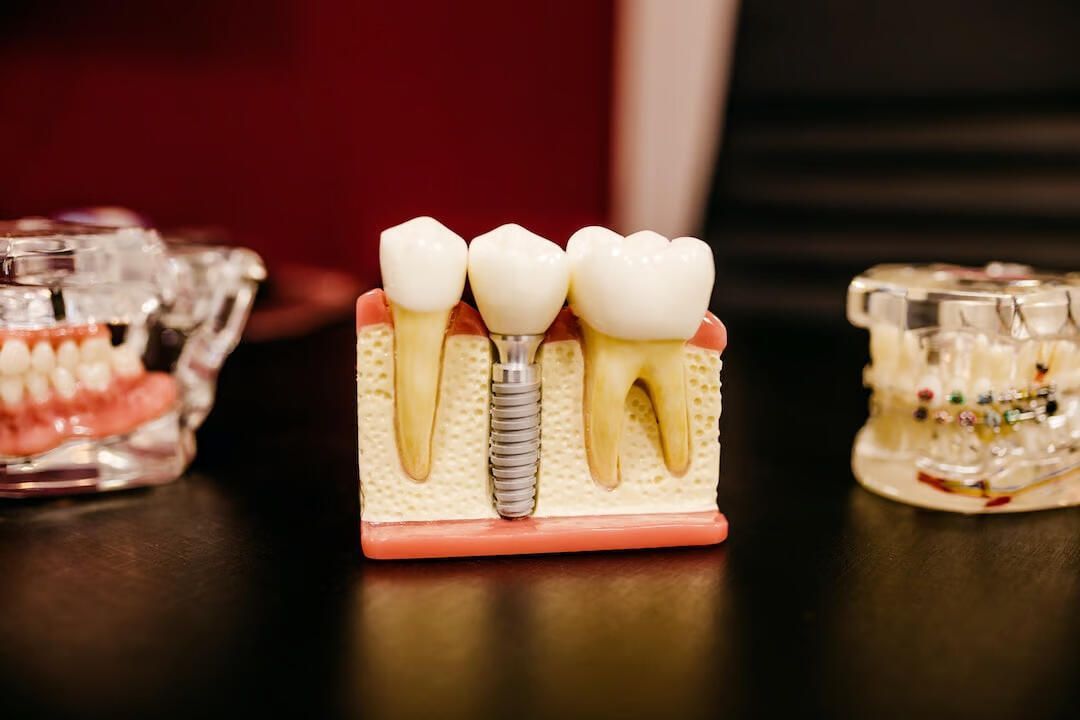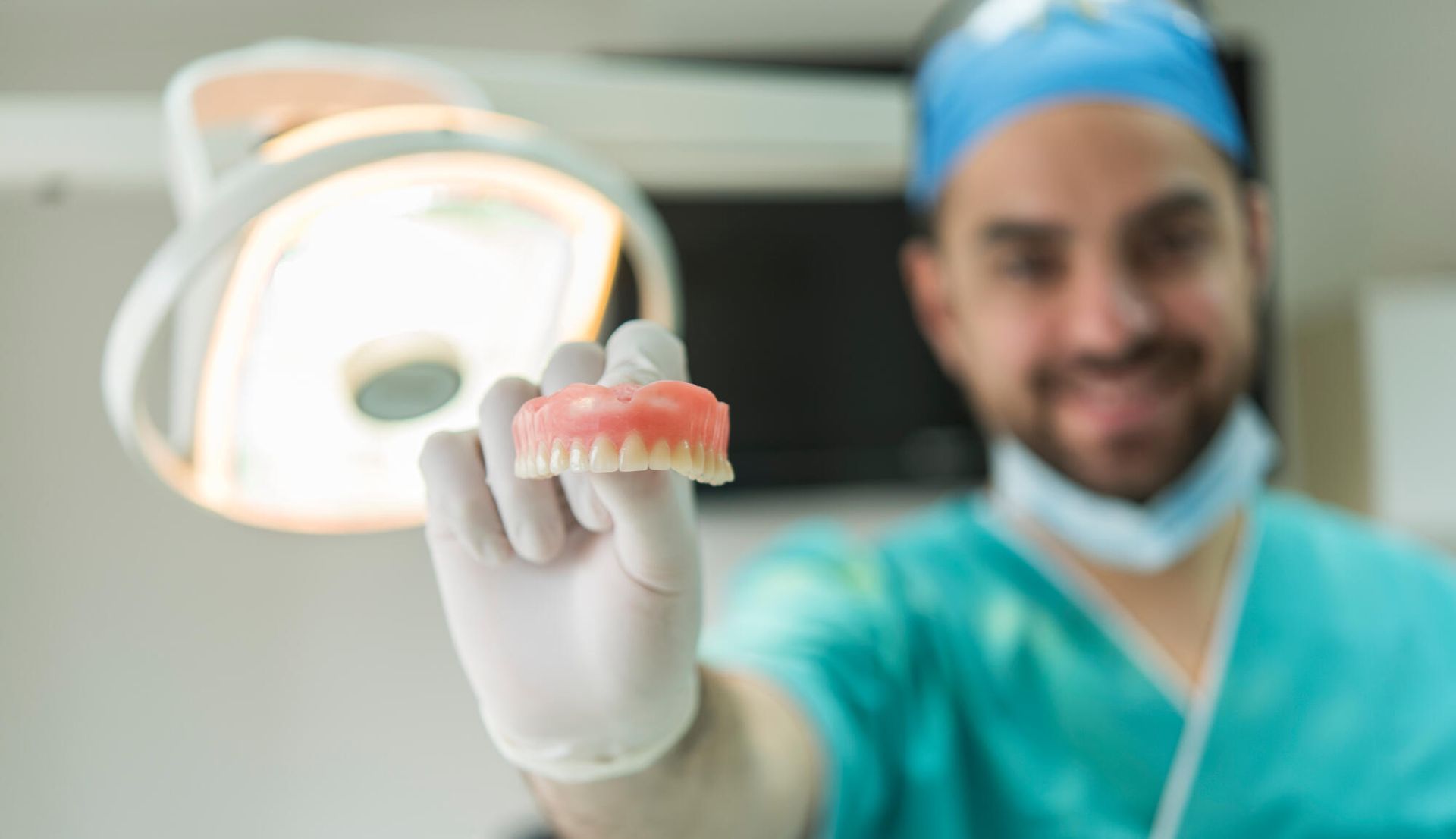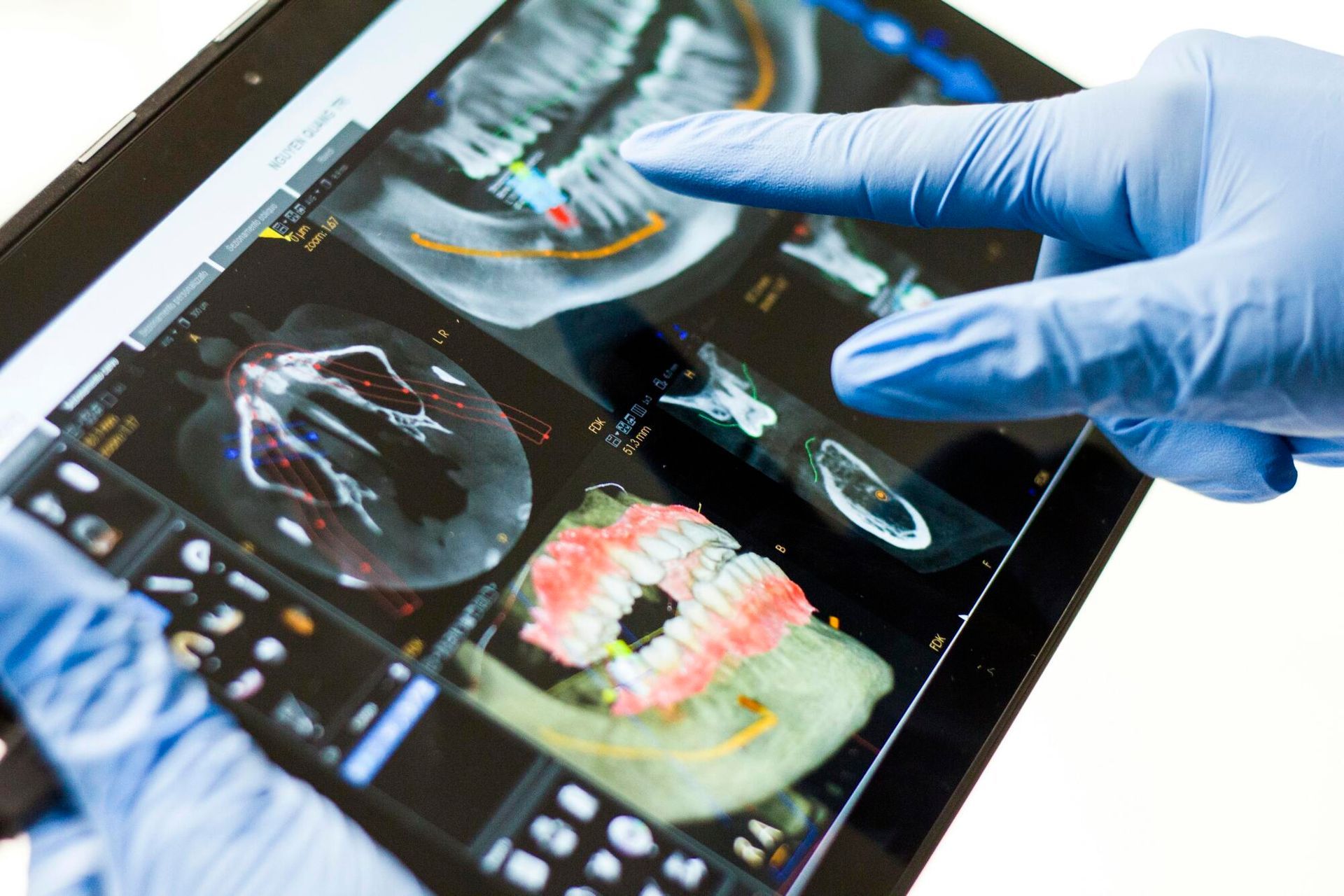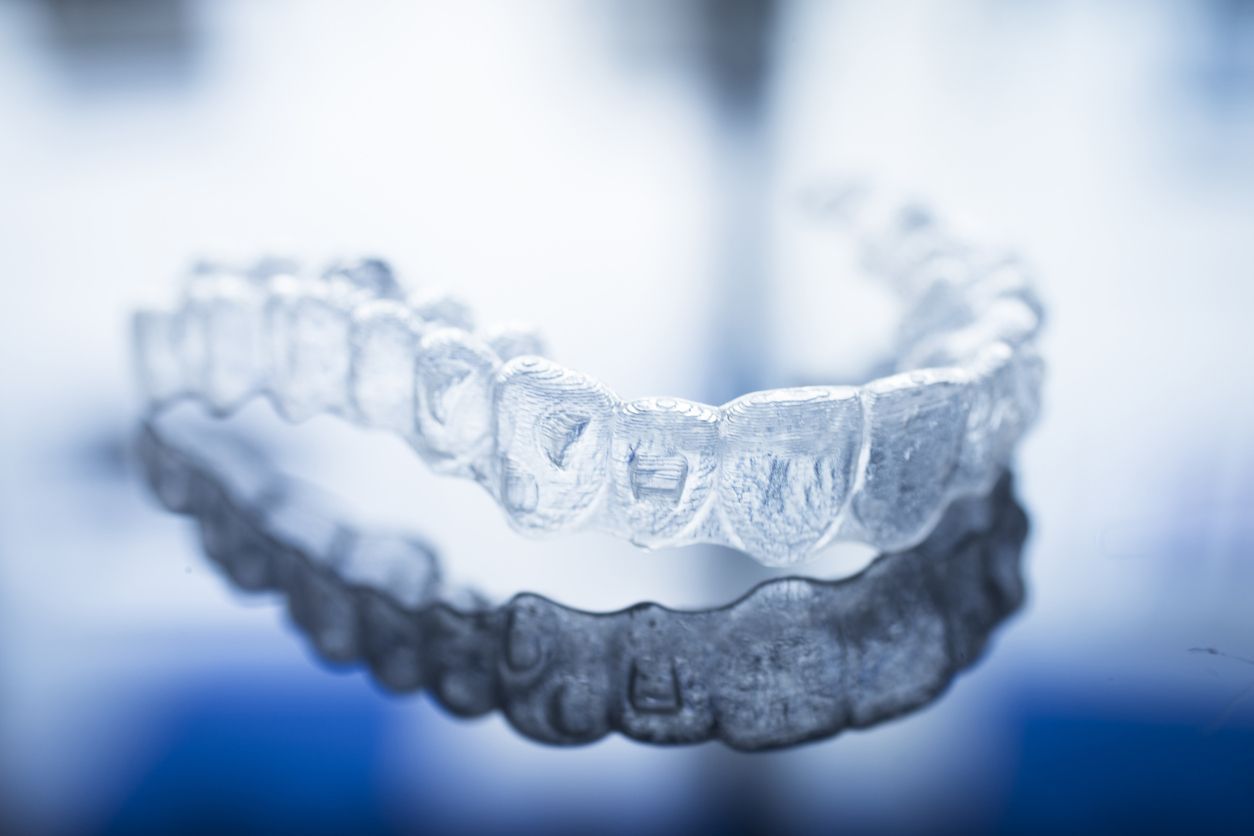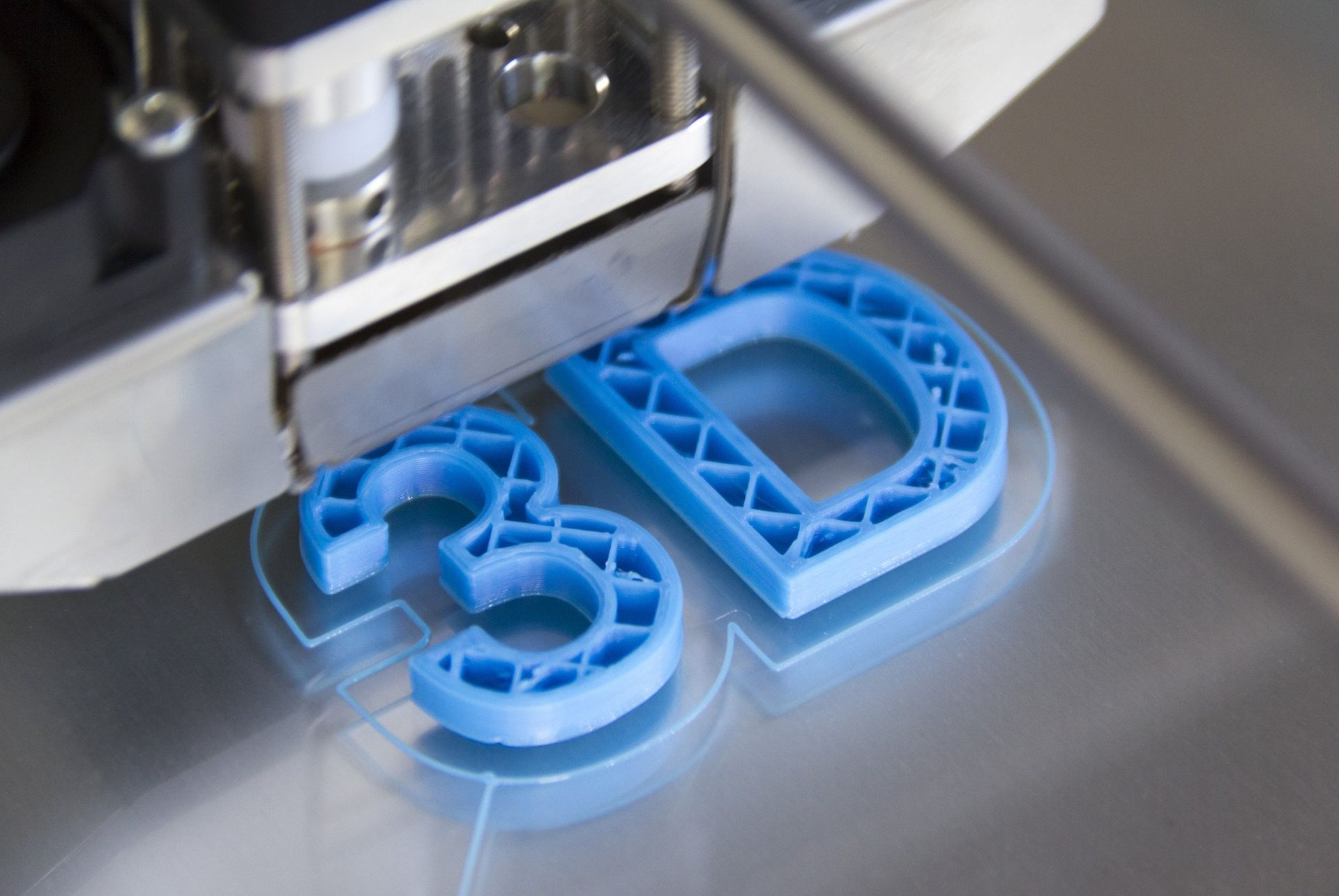How to Prep and Cement Zirconia Crowns
Knowing the correct methods of prepping and cementing zirconia crowns is vital to giving your patients the best care. Learn these methods here.
The American College of Prosthodontists estimates that 120 million Americans are missing at least one tooth. Another 36 million have no teeth at all. For many of these people, zirconia crowns are a great option to restore their smile and function.
Zirconia crowns are made of a strong and durable material that mimics the appearance of natural teeth. They can be used for single crowns, dental implants, or full-arch restorations. However, to ensure the success and longevity of zirconia crowns, it's essential to master the proper methods of prepping and cementing them.
This guide explains how to prep and cement zirconia crowns, and why you should choose Lab Dental as your trusted dental lab partner.
What are Zirconia Crowns?
Zirconia crowns are a type of dental restoration made of zirconium dioxide, a ceramic material that has high strength and fracture resistance. Zirconia crowns have several advantages over other types of crowns. These include:
Exceptional Durability
Zirconia is known for its remarkable strength and resistance to wear and tear. This makes it an excellent choice for dental restorations. Patients can expect their zirconia crowns to last for many years.
Aesthetically Pleasing
Zirconia crowns closely mimic the natural appearance of teeth, ensuring a seamless blend with the patient's smile. This aesthetic appeal is particularly essential for single crowns and dental implants in the visible areas of the mouth.
Minimal Preparation
Unlike traditional crowns, zirconia crowns often require minimal tooth reduction during preparation. This minimally invasive approach is less traumatic for the patient. It also preserves healthy tooth structure.
Versatile Applications
Zirconia crowns are suitable for a wide range of applications, making them a valuable asset in your dental practice. You can use them for:
- Single Crowns: Zirconia crowns can replace a single missing or damaged tooth, either on a natural tooth or on an implant
- Dental Implants: Zirconia crowns can be attached to titanium implants that are surgically placed in the jawbone
- Full-Arch Restorations: Zirconia crowns can be used to create a full set of teeth that are supported by four or more implants in each jaw
There are so many ways zirconia crowns can improve your dental health.
How to Prep Zirconia Crowns
One of the benefits of these dental crowns is that they require minimal preparation of the natural tooth or implant abutment. This means that less tooth structure is removed, preserving more of the natural tooth and reducing the risk of complications. However, minimal preparation does not mean no preparation.
Dentists still need to follow some guidelines to ensure a proper fit and occlusion of the zirconia crown. Here are some tips on how to prep zirconia crowns:
- Use a fine-grit diamond bur to create a smooth and even surface on the tooth or abutment
- Create a chamfer or shoulder margin of at least 0.5 mm around the entire circumference of the tooth or abutment
- Reduce the occlusal surface by at least 1 mm to create enough space for the zirconia crown
- Create a uniform taper of 6 to 10 degrees on the axial walls to allow for easy insertion and removal of the zirconia crown
- Avoid sharp edges or undercuts that could compromise the fit or integrity of the zirconia crown
- Use a retraction cord or paste to expose the margin and prevent bleeding or contamination
- Embrace proper oral hygiene practices to ensure the longevity of the zirconia crown.
Cementation Methods to Consider
Another benefit of zirconia crowns is that they can be cemented using different methods, depending on the clinical situation and preference of the dentist. The most common cementation methods for zirconia crowns are:
Resin-Modified Glass Ionomer (RMGI) Cement
This is a type of self-adhesive cement that bonds chemically to both zirconia and tooth structure. It has good biocompatibility, fluoride release, and ease of use. It is suitable for most cases of single crowns and dental implants.
Resin Cement
This type of adhesive dental cement bonds mechanically to both zirconia and tooth structure. It has high bond strength, esthetics, and durability.
It requires etching and priming of both zirconia and tooth structure before application. It's suitable for cases where high retention and resistance are needed, such as full-arch restorations.
Zinc Phosphate Cement
This is a conventional cement that does not bond to either zirconia or tooth structure. It relies on mechanical retention from the crown preparation. It has low solubility, low cost, and long-term clinical success.
Unlike resin, it doesn't require etching or priming before application. It is suitable for cases where minimal retention is needed, such as short or tapered preparations.
Key Steps for Successful Zirconia Crown Cementation
Regardless of the cementation method chosen, dentists need to follow some steps to ensure successful zirconia restorations. These are outlined below.
Try-In
Perform a dry run with the zirconia crown to verify its fit and appearance. Make any necessary adjustments to ensure an accurate fit and proper alignment with adjacent teeth.
Clean the Crown
Clean the zirconia crown with alcohol or acetone to remove any debris or saliva. Dry the crown thoroughly.
Clean the Tooth
Clean the tooth or abutment with pumice or chlorhexidine to remove any plaque or bacteria. Rinse and dry the tooth or abutment thoroughly.
Apply the Cement
Apply the resin cement to the interior surface of the zirconia crown and carefully place it on the prepared tooth. Excess cement should be removed promptly to prevent any interference with the patient's bite.
Seat the Crown
Seat the zirconia crown firmly on the tooth or abutment. Remove any excess cement with a scaler or floss.
Light-Cure the Cement
Use a dental curing light to cure the dental cement. Follow the recommended curing time for the specific cement used. This ensures a strong bond and minimizes the risk of post-operative sensitivity.
Final Adjustments
Check the patient's bite and make any final adjustments to ensure proper occlusion and comfort. Polish the zirconia crown to achieve a smooth and natural appearance.
Experience Excellence at Our Glendale, AZ Dental Lab
Are you a dentist in Glendale, AZ, looking for a reliable dental lab? Look no further than Arizona 3D Dental Lab, where quality and precision meet your unique needs.
Our lab offers hassle-free solutions for zirconia crowns, bridges, and dentures.
Schedule a consultation now to shape the future of dentistry together.


